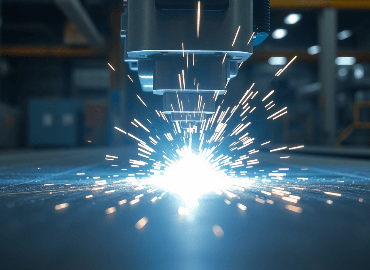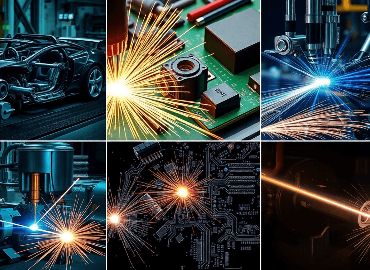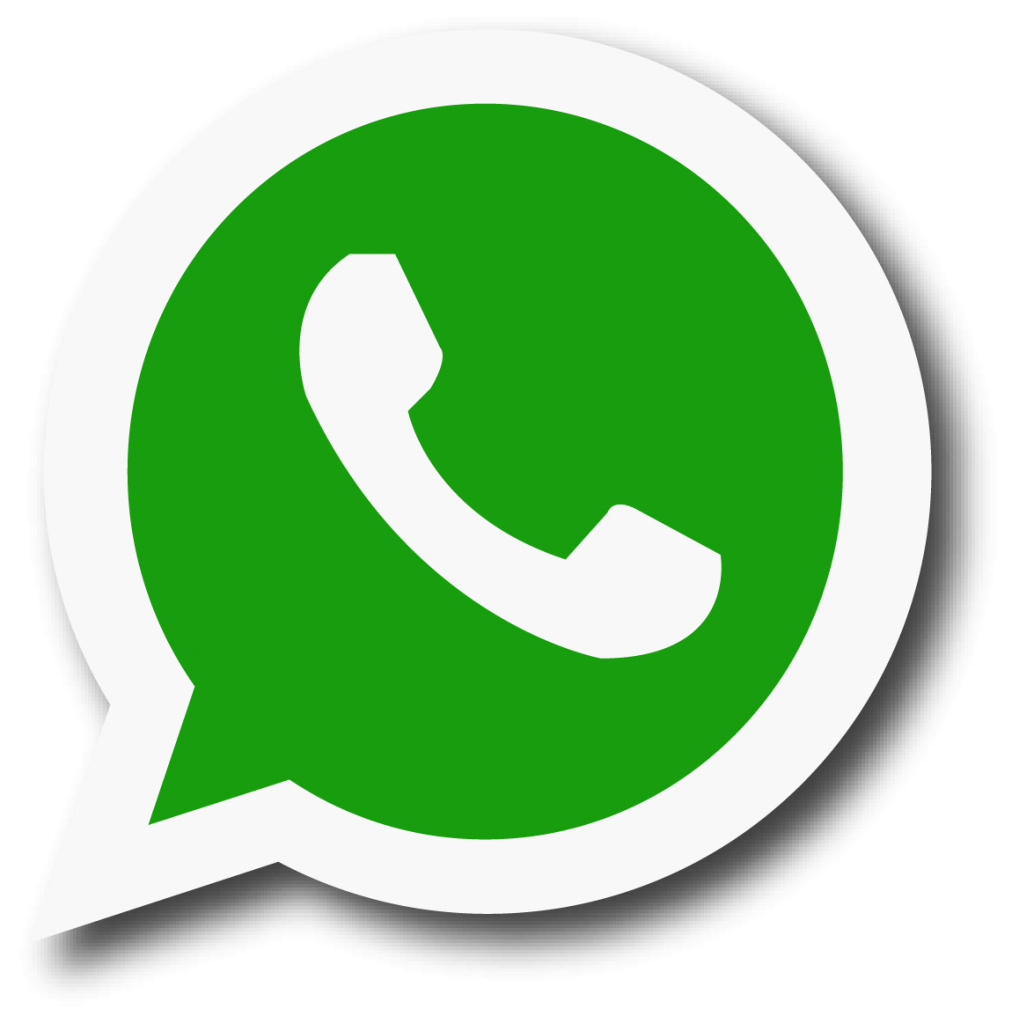Laser Marking is a process used to create a clear imprint on any kind of surface using laser by removing a small amount of material from the surface. Similarly, when the depth of the imprint is higher the process gets specified as Laser Engraving.
Laser Marking and Engraving solutions have been reorganized across the industry, and we have seen their versatility in all the sectors. In manufacturing, Furniture Industry, Kitchen Equipment, Textile industry, Architectural Product, Leather and Wooden Artefacts and countless such industries. A laser marking and engraving machine have the following major parts:
- Laser Source
- Galvo Scanner
- Control Card
- F theta Lenses
- Ezcad Software
Laser Source: - Laser Source generates the required Laser Beam by using light amplification and stimulated emission radiation process and there is a variety of laser power available according to the engraving depth requirements and variety of marking sizes ranging from 20W, 30W to 100W and Higher. The laser source is regarded as the “Heart” of a Laser Marking Machine.
Galvo Scanner: - Galvo Scanner has the purpose of deflecting the beam and producing a required impression on the surface of the material. In a 2D Machine Galvo scanner Moves in X and Y Direction and in a 3D machine Galvo scanner can move in X, Y, and Z Directions. The Galvo scanner is regarded as the eyes of a laser marking machine.
Control Card: - The purpose of a Control Card is to form synchronization between the Power of the laser source, the movement of Galvo Scanner and the control software, to bring about the required result. The Control Card is regarded as the “Brain” of the marking machine.
F Theta Lenses: - F Theta Lenses focus the Beam on the X, Y Surface to form the required impression. Lenses are at the bottommost part and focus the beam on the surface.
Ezcad Software:- Ezcad Software works as a platform between the designer and the machine. It converts the designer’s language into the machine language to bring the necessary result. The Ezcad software is one of the most user-friendly software and has various inputs like QR code, date and time and sequencing.
A Laser marking machine can work with a variety of materials in metal and non-metal according to the application. As per the material, the application of laser marking varies and we can see its usages in all walks of life.
Metal Marking:- Materials like stainless steel, aluminium, copper and many such materials are popular in metal marking and engraving applications.
The application of metal marking is popular in nameplates, logo imprints, sequencing and tracing purposes but a new bound application of colour marking has been observed in Kitchen equipment and architectural products. As the usage of metal furniture has increased, the uses of metal marking have also seen growth.
It works with a range of materials like stainless steel and aluminium that gives a perfect black finish on the white surface making it a popular choice for laser marking in metal. A wide variety of anodized materials are used for the purpose of marking and used as nameplates.
Non-metal Marking:- Non-Metal marking is a popular application in marking and have a wide range of usage from the well-known Acrylic marking and engraving laser solution have also been widely accepted in the textile industry for fading and shading of the material. Materials like ABS, PA, PE, PP PET and Rubber. From mobile charges to household switches to the mug we use for drinking laser marking have been useful in all these industries. Marking on leather and wood is also one of the popular solutions in non-metal marking and engraving






